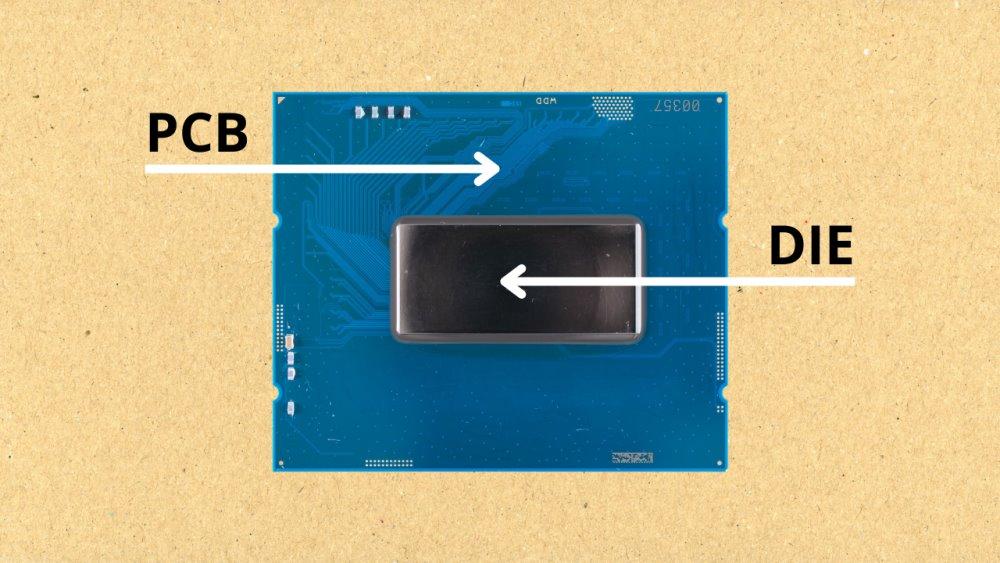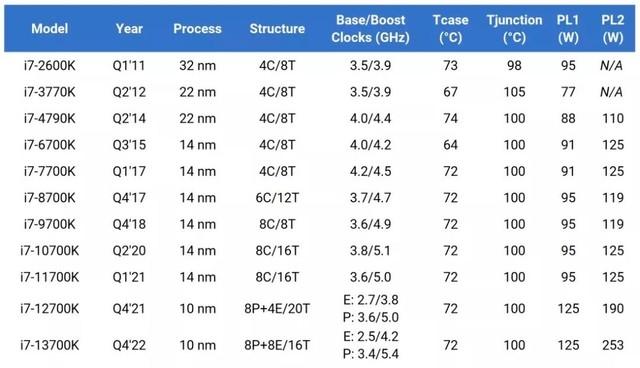
It is possible that, on occasion, especially in summer, you have noticed sudden drops in FPS or computer freezes. Most likely, the problem is in the temperature of the processor due to lack of maintenance. Specifically, these problems would be given by the CPU parameter “Tjunction”which you must know and understand.
The first thing you should know is that processors have optimal operating temperature ranges. It is estimated that between 50-70 ºC, when we play, are correct and optimal operating temperatures. But, there are certain temperatures that are programmed as “limit” to protect the processor and the system.
Decrypting the Tjunction parameter of the processor
Internally we have a “thermometer” in all processors. A small element is integrated into the encapsulation itself, which is nothing more than a resistance that varies with temperature. This element is used so that the CPU can protect itself in case it reaches certain temperatures.
The limit temperature of any processor is called “Tjunction”. This parameter does not indicate the maximum temperature that silicon can withstand before suffering damage, as is commonly said. This parameter what protects are the welds of the DIE with the processor PCB.
We may think that this is meaningless, but nothing could be further from the truth. Usually, processors, graphics cards and even RAM memory are broken by precisely these welds. said welds are made of tina rather delicate material that from 200ºC becomes “liquid”. The Junction of the processor set to 100ºCthere being a big difference, why?
Well, although tin doesn’t melt until 200ºC, other effects occur before that. Specifically, we talk about the expansion with heat and contraction of this delicate material. This can generate microcracks that, over time, can lead to the breakage or degradation of this material, which occurs from 100 ºC. Come on, it is a protection mechanism of the processor from its weakest part, so to speak.
How they protect themselves from excessive temperature
It must be said that the processor has an additional protection that makes it never reach the Tjunction. There is a limitation of 10% of the Tjunction that causes the processor to protect itself. When it exceeds 90 ºC, the processor will reduce the frequencies to reduce the temperature and that is when the performance problems come in.
The normal thing is that these thermal problems appear, especially when we play. If the processor reduces its frequency, we will have a noticeable drop in performance. This can cause sudden FPS drops, game freezes, and even crashes as a protective measure.
It is for this same reason that we must periodically clean our desktop computer. Also, periodically (once a year is optimal) we must change the thermal paste. Two fairly simple processes that will protect our computer from being damaged or having poor performance.
Now you know better what Tjunction is, how it affects performance and how to prevent it from happening. And remember, it doesn’t protect the silicon so much but the solders that are in all processors.





